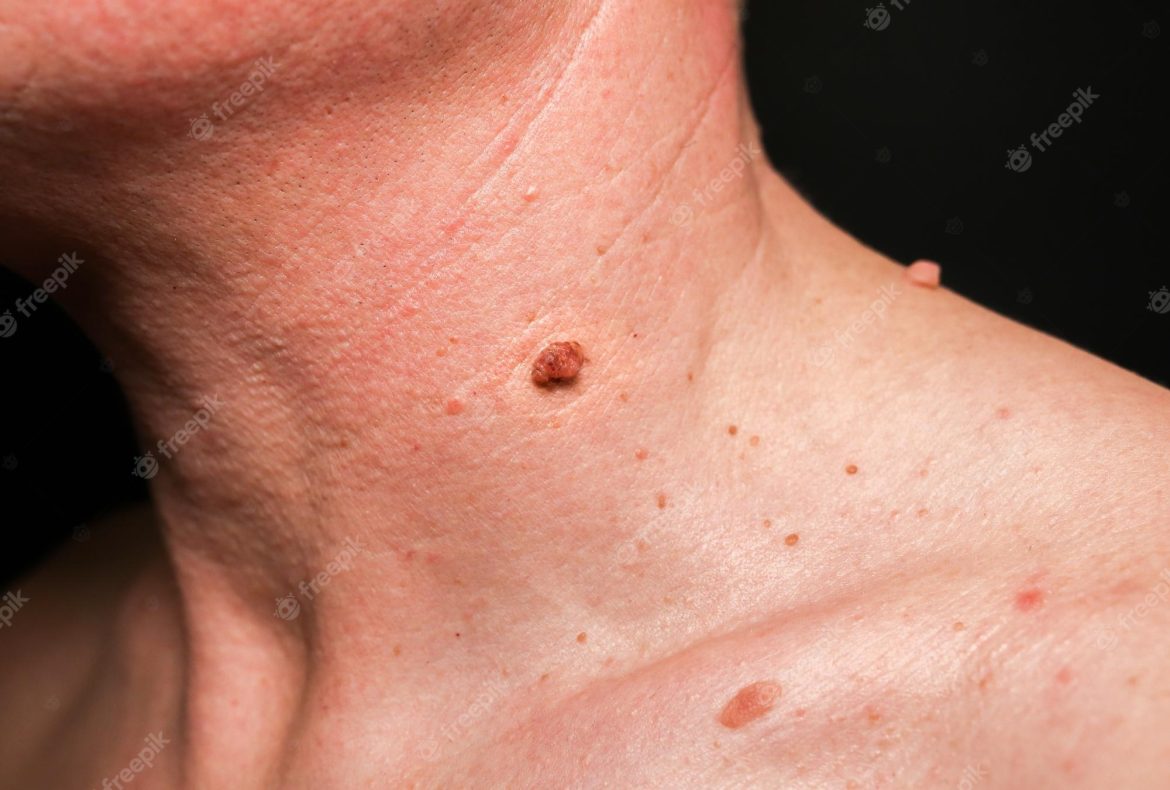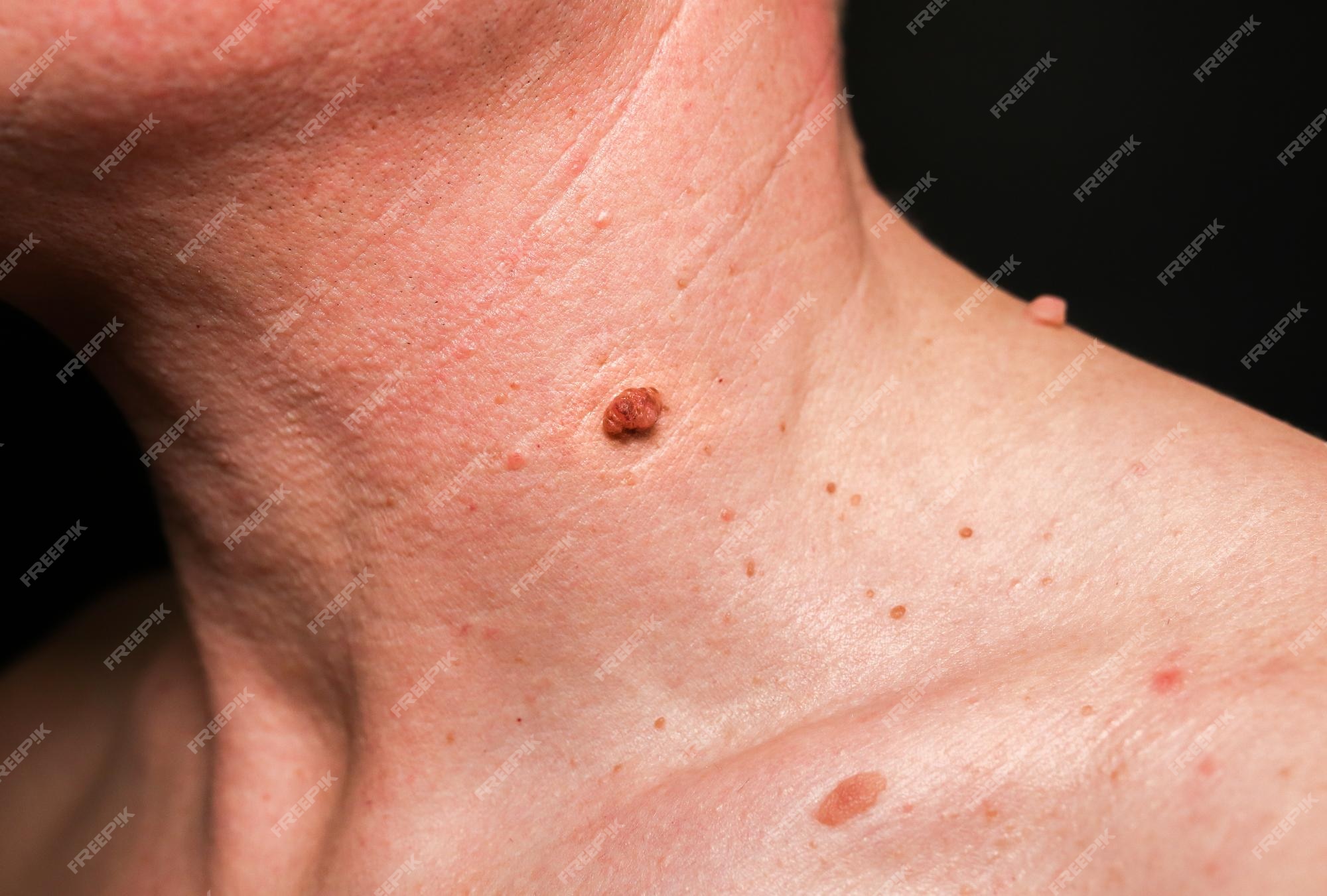Introduction
Birthmarks are unique and often distinctive skin features that can appear at birth or develop shortly thereafter. They come in various shapes, sizes, and colors, and their occurrence has intrigued both medical professionals and curious parents alike. One common question that arises is whether birthmarks are hereditary, passed down from parents to their children. In this article, we will delve into the genetics behind birthmarks and explore the role of heredity in their development.
What are Birthmarks?
Before we delve into the hereditary aspect, it’s essential to understand what birthmarks are. Birthmarks are skin abnormalities that appear on a baby’s skin either at birth or shortly after. They can be classified into two main types: vascular birthmarks and pigmented birthmarks.
Vascular Birthmarks: These birthmarks are caused by an abnormal formation of blood vessels. They often appear red, pink, or purple and include types such as hemangiomas and port-wine stains.
Pigmented Birthmarks: Pigmented birthmarks occur due to an abnormal concentration of pigment-producing cells in the skin. They can range from brown to black and include moles and café-au-lait spots.
Types of Birthmarks
Understanding the different types of birthmarks is crucial to exploring their hereditary nature. Let’s take a closer look at some common types:
a. Hemangiomas: Hemangiomas are benign tumors of blood vessels and are among the most common vascular birthmarks. They often appear as bright red or bluish lumps on the skin.
b. Port-Wine Stains: These birthmarks are flat and pink or purple in color, resembling the shade of port wine. They are caused by abnormal capillary blood vessels in the skin.
c. Mongolian Spots: Mongolian spots are pigmented birthmarks that appear as blue or gray patches, often on the lower back or buttocks. They are more common in individuals with darker skin tones.
d. Café-au-Lait Spots: Café-au-lait spots are pigmented birthmarks that are light brown in color, resembling coffee with milk. They can vary in size and often appear in multiples.
The Role of Genetics
The hereditary nature of birthmarks is a topic of ongoing research. While some birthmarks can be inherited, the exact genetic mechanisms are not always well understood.
a. Inherited Birthmarks: Some birthmarks, especially certain types of pigmented birthmarks like café-au-lait spots, have been linked to genetic inheritance. In these cases, the presence of birthmarks in a family may be more than just a coincidence.
b. Sporadic Occurrence: On the other hand, many birthmarks occur sporadically without any family history. These birthmarks may result from random genetic mutations during embryonic development.
c. Multifactorial Inheritance: In some instances, the development of birthmarks may be influenced by both genetic and environmental factors. This type of inheritance is known as multifactorial inheritance.
Genetic Syndromes and Birthmarks
Certain genetic syndromes are associated with specific types of birthmarks. These syndromes provide valuable insights into the genetic basis of birthmarks.
a. Neurofibromatosis: Neurofibromatosis type 1 (NF1) is a genetic disorder that causes café-au-lait spots to develop on the skin. These spots are often one of the first signs of NF1.
b. Sturge-Weber Syndrome: This syndrome is characterized by the presence of a port-wine stain birthmark on the face, along with neurological abnormalities.
c. Klippel-Trenaunay Syndrome: Klippel-Trenaunay syndrome is a rare disorder that involves vascular malformations, resulting in port-wine stains and other birthmarks, along with limb overgrowth.
Conclusion
While the hereditary nature of birthmarks remains complex and not fully understood, there are instances where genetics play a role in their development. Some birthmarks are associated with specific genetic syndromes, while others may be inherited within families. However, many birthmarks occur randomly without any family history. Further research is needed to unravel the intricate genetic and environmental factors contributing to the formation of birthmarks, paving the way for a more comprehensive understanding of these intriguing skin features.



